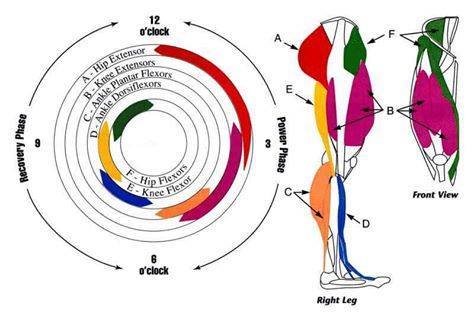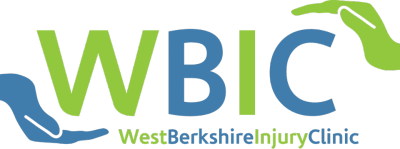
This picture shows the muscles used when cycling however you do need to remember that when you’re using one muscle the opposite group of muscles need to be able to act as a break. For example – when you’re using your quads (B) to straighten your knee your hamstrings act as an antagonist which controls the motion, slows it down, and returns a limb to its initial position. So muscles will work in pairs, hip flexors and glutes for the hip, hamstrings and quads for the knee and calves and ankle dorsiflexors for the ankle.
So for you to be cycling at your optimum there are three key elements:-
- A quality bike fit:
The bike is fitted to you – this will encompass a number of elements e.g. saddle height, cleat position etc. A Bike fit is a skilled job and watching something on YouTube and doing what they say may not be the best thing.
If the bike is not set up properly you may not be using the muscles that you should be to power yourself along. This can lead to poor performance, fatigue and worst case injury. Over the years I’ve seen a number of postural related injuries caused by cycling which maybe just tight calf muscles through to disc issues in the back.
In the short term you may see a drop in performance as you start using the muscles that you haven’t previously being using however in the long term it will be of benefit.
Callum Hughes who works at a local Newbury bike shop who does bike fits advises people to try to get a bike fit done before you purchase your bike so that the bike fits you rather than making you fit the bike. Good advice!
- Quality Training
One of the biggest mistakes that people make is to be able to cycle that you can just get on a bike and off you go. To an extent that is true but if you’re looking to cycle longer and longer distances, complete events like the Surrey Classic or cycle from London to Paris over a number of days then just getting on your bike is not enough.
When training you need to ensure that you work on the muscles highlighted in the chart above.
This can be done in the gym using machines like the leg press or using free weights by doing squats, lunges etc. However you don’t need to be a member of a gym to do body weight exercises. Being honest in many cases just doing body weight exercises is all that is needed and a gym ball is sometimes a lovely addition to the home.
Obviously getting on the bike and just cycling is a key element of your training.
Another element in quality training is REST. Always plan between 1-2 days of rest each week.
The last element is stretching to ensure that you have the flexibility to use this new found power effectively. It is key that as part of your quality training that you incorporate stretching and turn your rest days into a good stretch day.
Remember before starting to train make sure you’re in good health and get advice from your GP and also talk to your Physiotherapist, Sports Therapist or PT to help you train well, safely and effectively.
- ENJOYMENT
I’ve left probably the most important element to last.
Enjoyment is key – it maybe from achieving a target, completing a challenge, cycling quickly or just pootling about.
Have fun and stay safe.
